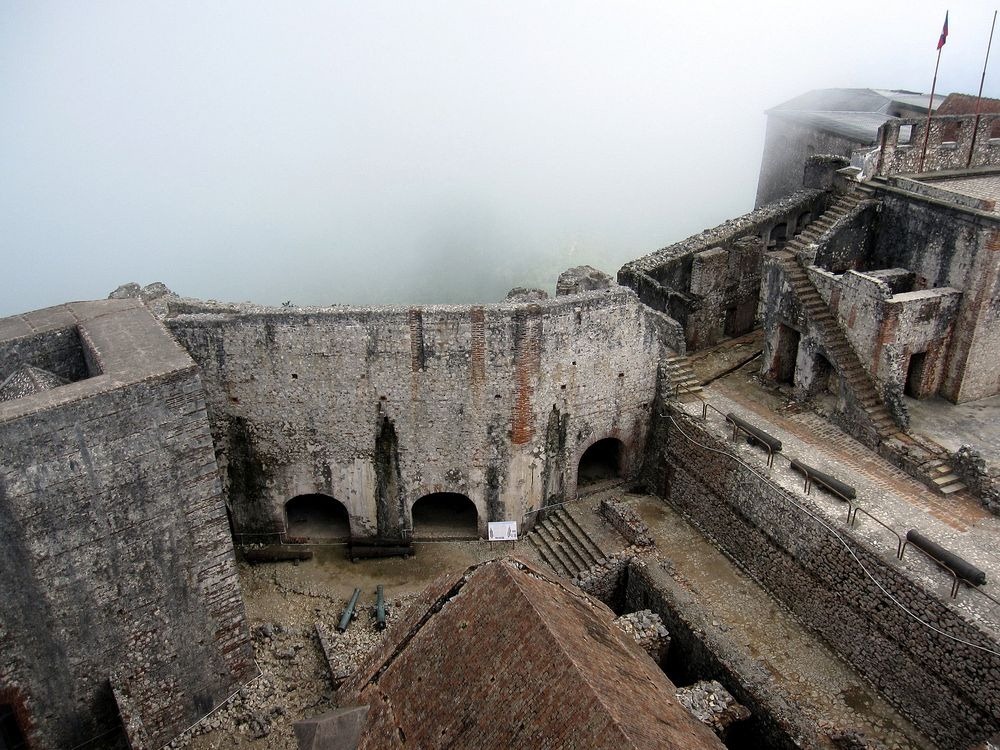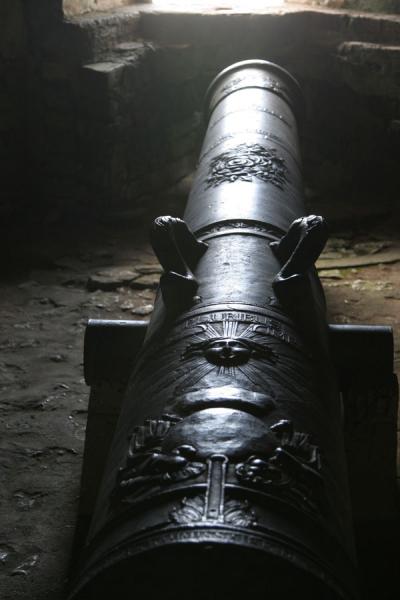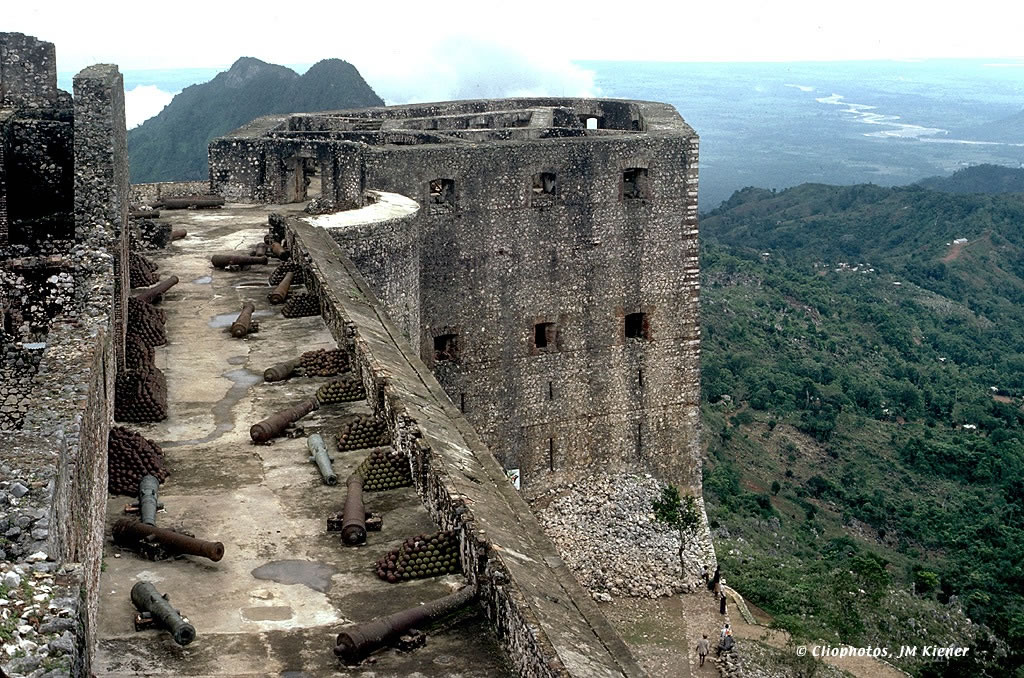theignoramus
Member
Benin City, originally known as Edo, was once the capital of a pre-colonial African empire located in what is now southern Nigeria. The Benin empire was one of the oldest and most highly developed states in west Africa, dating back to the 11th century.
The Guinness Book of Records (1974 edition) described the walls of Benin City and its surrounding kingdom as the worlds largest earthworks carried out prior to the mechanical era. According to estimates by the New Scientists Fred Pearce, Benin Citys walls were at one point four times longer than the Great Wall of China, and consumed a hundred times more material than the Great Pyramid of Cheops.
Situated on a plain, Benin City was enclosed by massive walls in the south and deep ditches in the north. Beyond the city walls, numerous further walls were erected that separated the surroundings of the capital into around 500 distinct villages.
Benin City was also one of the first cities to have a semblance of street lighting. Huge metal lamps, many feet high, were built and placed around the city, especially near the kings palace. Fuelled by palm oil, their burning wicks were lit at night to provide illumination for traffic to and from the palace.
When the Portuguese first discovered the city in 1485, they were stunned to find this vast kingdom made of hundreds of interlocked cities and villages in the middle of the African jungle. They called it the Great City of Benin, at a time when there were hardly any other places in Africa the Europeans acknowledged as a city. Indeed, they classified Benin City as one of the most beautiful and best planned cities in the world.
In 1691, the Portuguese ship captain Lourenco Pinto observed: Great Benin, where the king resides, is larger than Lisbon; all the streets run straight and as far as the eye can see. The houses are large, especially that of the king, which is richly decorated and has fine columns. The city is wealthy and industrious. It is so well governed that theft is unknown and the people live in such security that they have no doors to their houses.
Benin Citys planning and design was done according to careful rules of symmetry, proportionality and repetition now known as fractal design. The mathematician Ron Eglash, author of African Fractals which examines the patterns underpinning architecture, art and design in many parts of Africa notes that the city and its surrounding villages were purposely laid out to form perfect fractals, with similar shapes repeated in the rooms of each house, and the house itself, and the clusters of houses in the village in mathematically predictable patterns.
As he puts it: When Europeans first came to Africa, they considered the architecture very disorganised and thus primitive. It never occurred to them that the Africans might have been using a form of mathematics that they hadnt even discovered yet.
Now, however, the great Benin City is lost to history. Its decline began in the 15th century, sparked by internal conflicts linked to the increasing European intrusion and slavery trade at the borders of the Benin empire.
Then in 1897, the city was destroyed by British soldiers looted, blown up and burnt to the ground.
https://www.theguardian.com/cities/2016/mar/18/story-of-cities-5-benin-city-edo-nigeria-mighty-medieval-capital-lost-without-trace

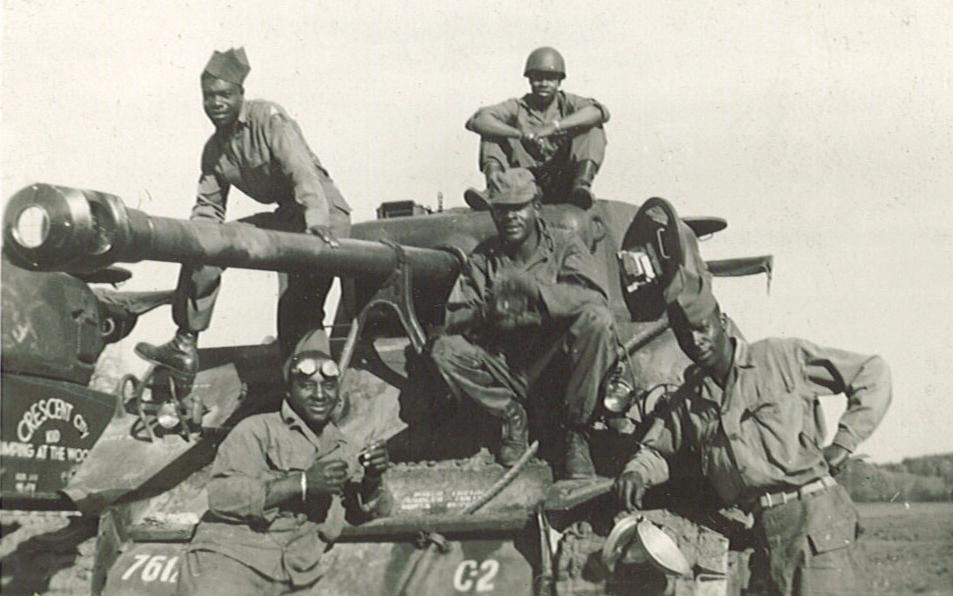
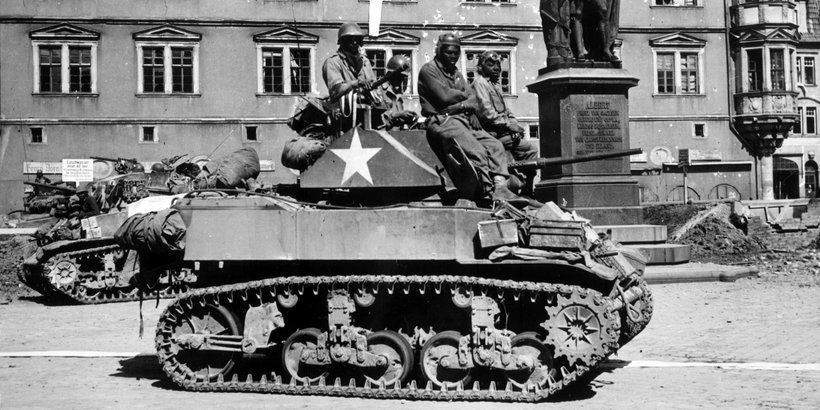
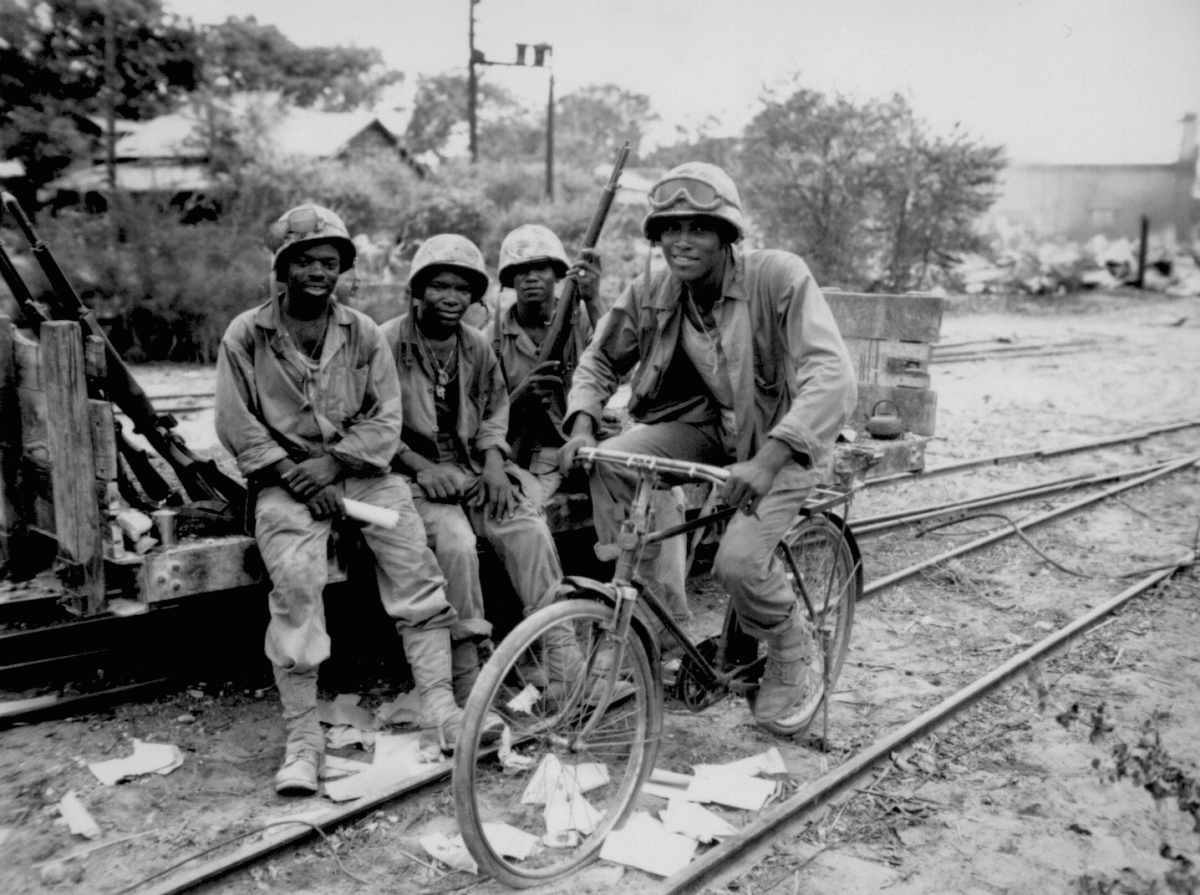


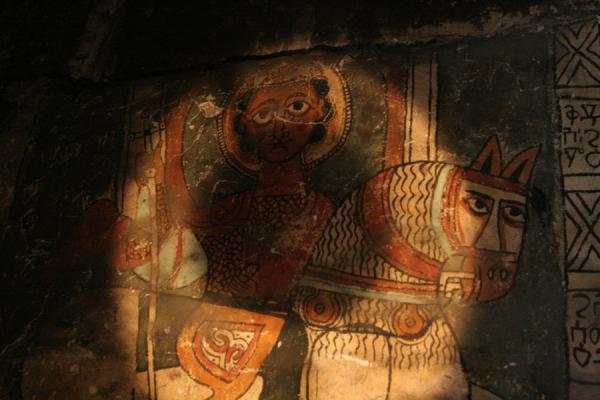

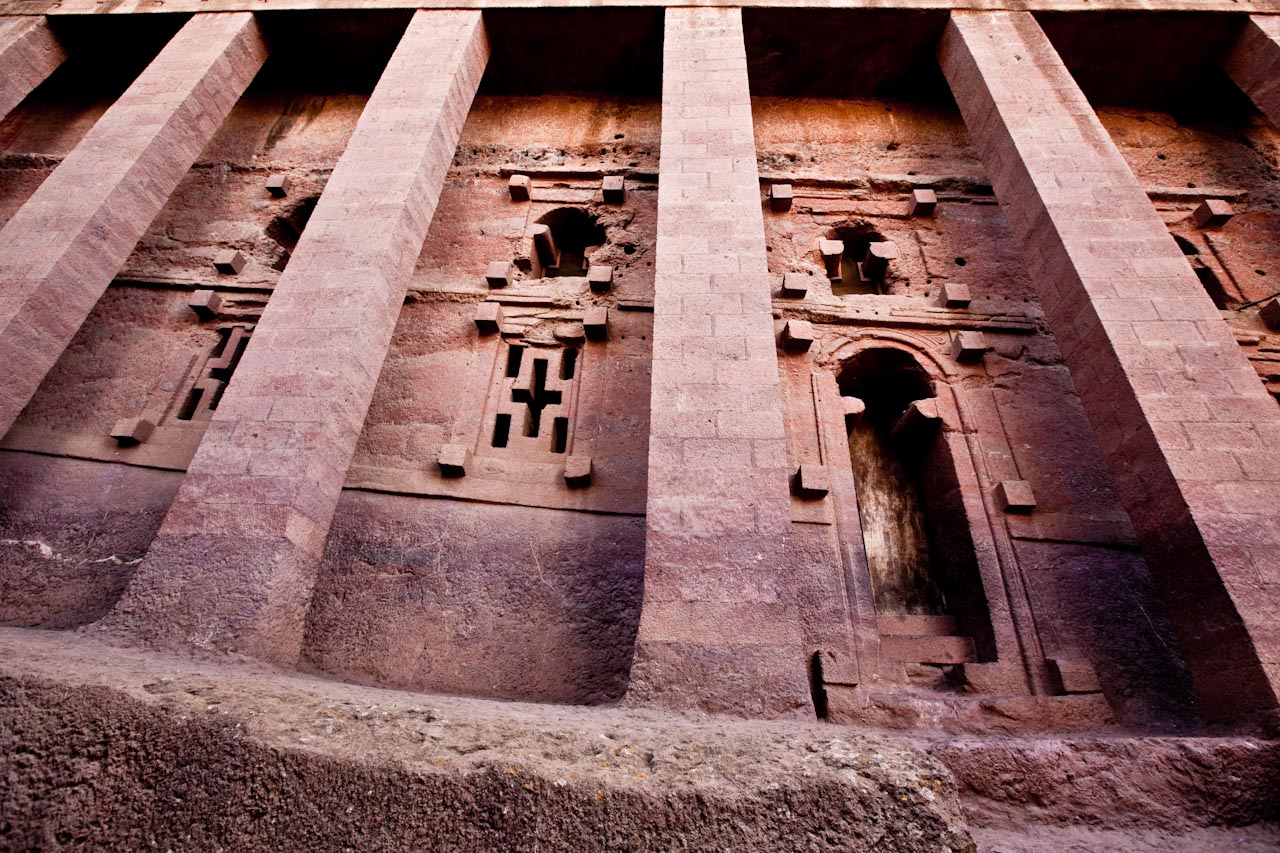
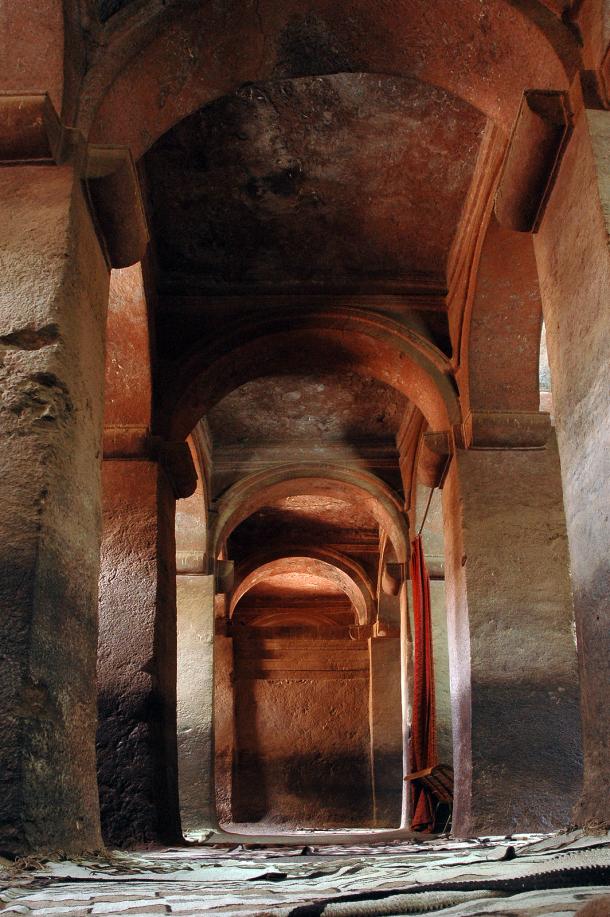

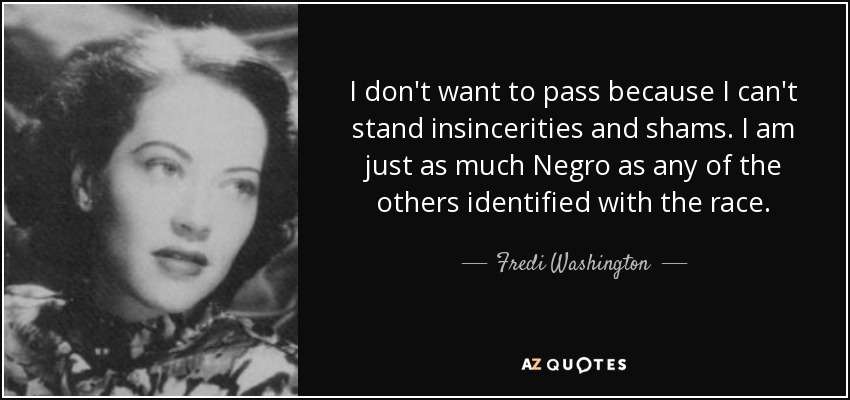


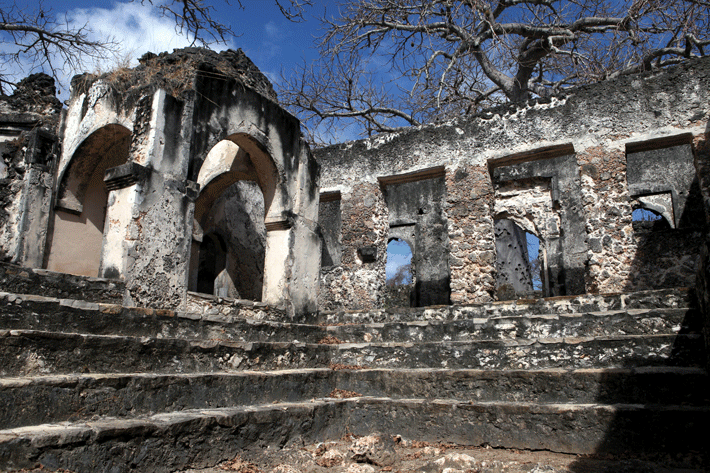

/1_panorama08_cr.jpg)

